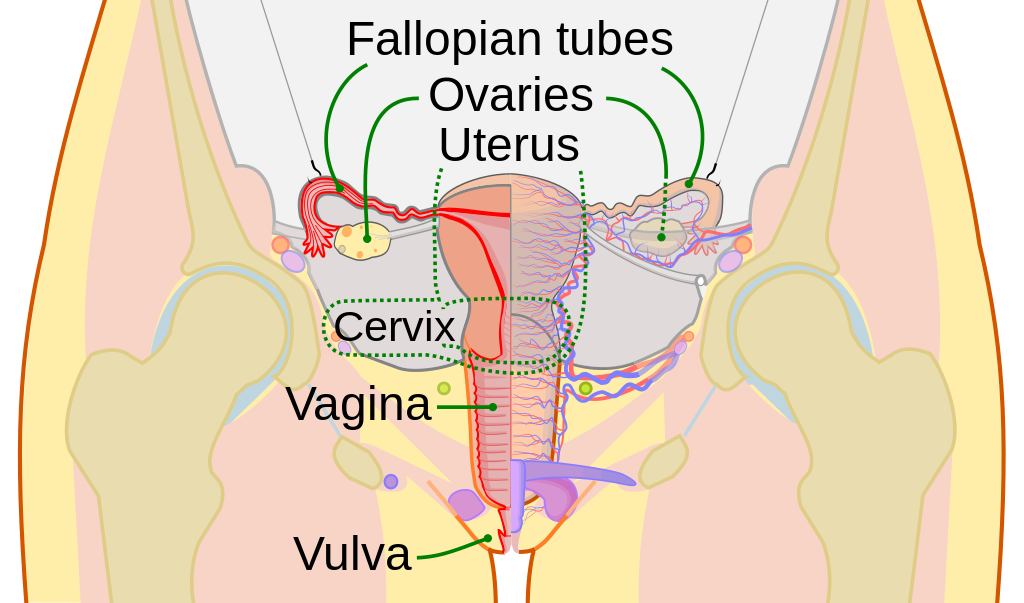Artificial Insemination: Revolutionizing Fertility Solutions
Introduction
In the realm of reproductive science, artificial insemination stands as a groundbreaking technique, reshaping the landscape of fertility solutions. As an innovative procedure, it offers newfound hope and possibilities for individuals and couples striving to build families. In this comprehensive guide, we delve into the intricacies of artificial insemination, shedding light on its processes, benefits, and the transformative impact it has on reproductive health.

Understanding Artificial Insemination
Artificial insemination, often referred to as intrauterine insemination (IUI), involves the deliberate introduction of sperm into a woman’s reproductive system to facilitate fertilization. This assisted reproductive technology is meticulously designed to enhance the chances of conception, particularly for couples facing challenges in conceiving naturally.
The Procedure
The procedure begins with the collection and preparation of high-quality sperm, ensuring optimal viability for fertilization. Subsequently, the prepared sperm is introduced into the woman’s uterus during her fertile window, aligning with the natural ovulation cycle. This strategic timing enhances the likelihood of successful fertilization and implantation.

Advantages of Artificial Insemination
Increased Success Rates
One of the primary advantages of artificial insemination is its elevated success rates compared to traditional methods. By precisely targeting the reproductive environment, this technique maximizes the probability of sperm reaching the egg, significantly improving the chances of successful conception.
Addressing Male Infertility
Artificial insemination proves to be a beacon of hope for couples grappling with male infertility issues. Whether it be low sperm count or reduced motility, this procedure offers a strategic intervention, circumventing obstacles that may hinder natural conception.
Minimized Intervention
In comparison to more invasive fertility treatments, such as in vitro fertilization (IVF), artificial insemination is a minimally invasive procedure. Its simplicity not only reduces the physical strain on individuals undergoing the process but also minimizes the associated costs, making it a viable option for many.
Who Can Benefit from Artificial Insemination?
Couples Facing Unexplained Infertility
Artificial insemination serves as a valuable option for couples diagnosed with unexplained infertility. In cases where traditional methods fail to yield results, this technique provides a targeted and effective approach to enhance the likelihood of conception.
Ensuring Success: Tips for a Positive Outcome
Consultation with Fertility Experts
Prior to embarking on the artificial insemination journey, seeking guidance from fertility experts is crucial. A thorough consultation enables individuals and couples to understand the intricacies of the process, address concerns, and establish realistic expectations.
Lifestyle Modifications
Optimizing lifestyle factors can significantly contribute to the success of artificial insemination. Maintaining a healthy diet, regular exercise, and minimizing stress levels create an optimal environment for reproductive success.
Conclusion
In conclusion, artificial insemination emerges as a beacon of hope for those navigating the complexities of infertility. Its strategic approach, coupled with minimal invasiveness, positions it as a transformative solution for individuals and couples alike. By embracing the possibilities offered by this revolutionary technique, many have found the key to unlocking the joy of parenthood.
